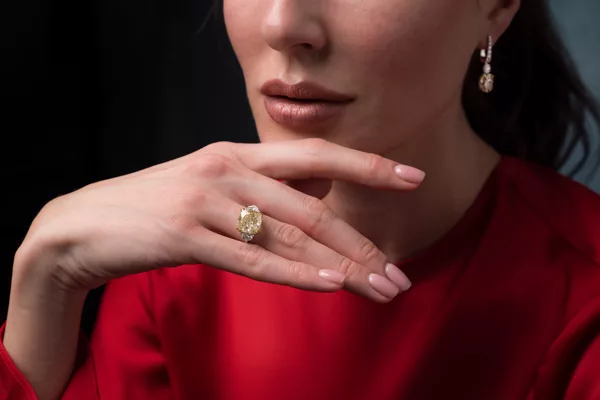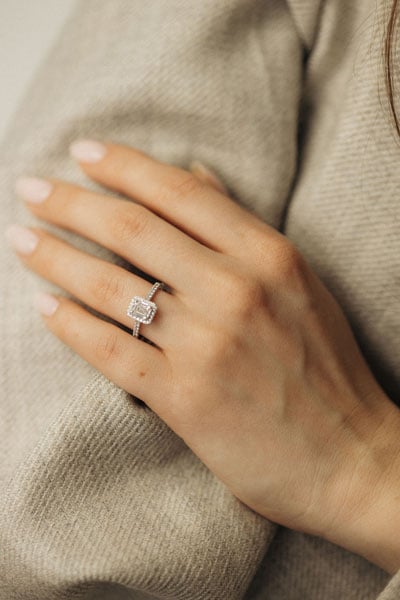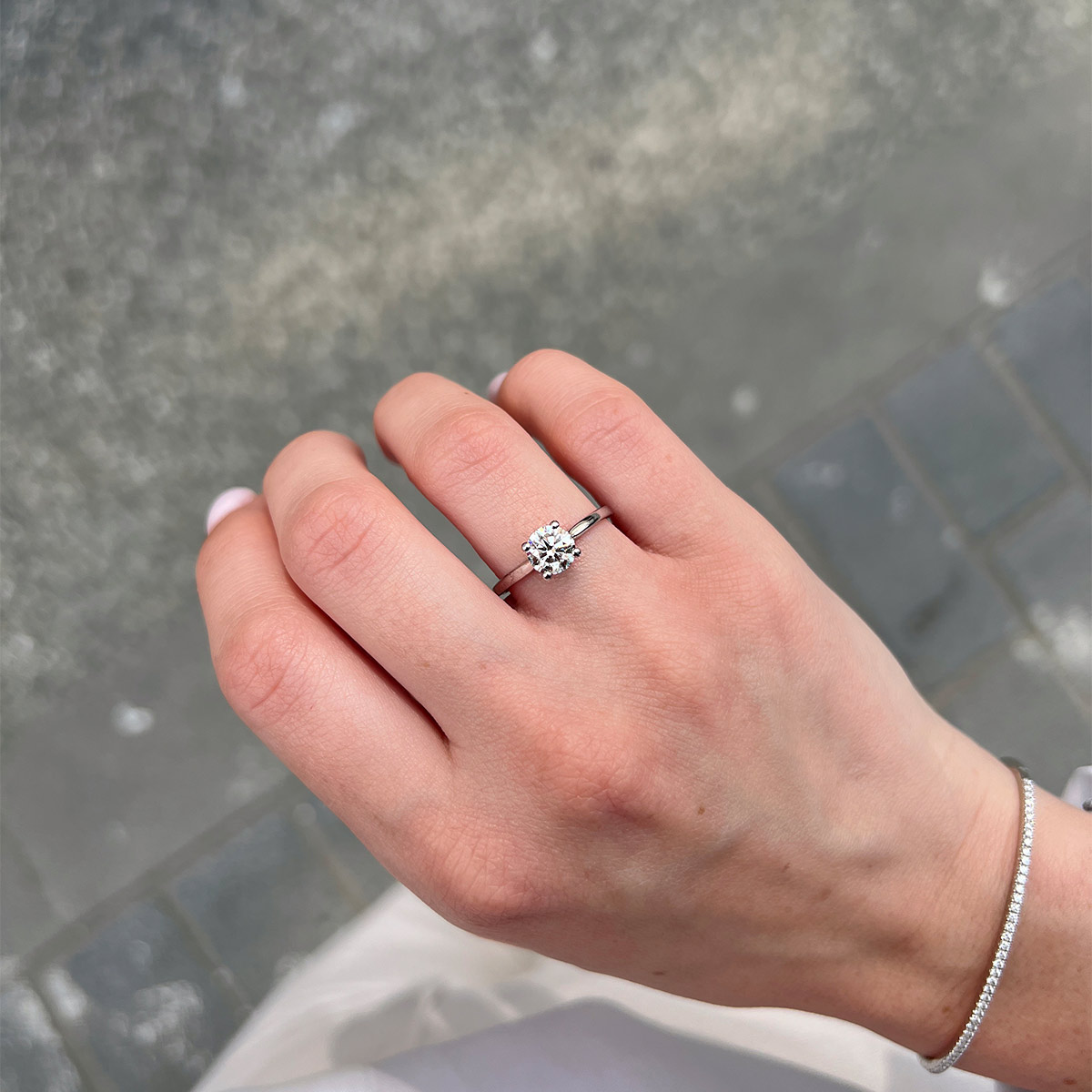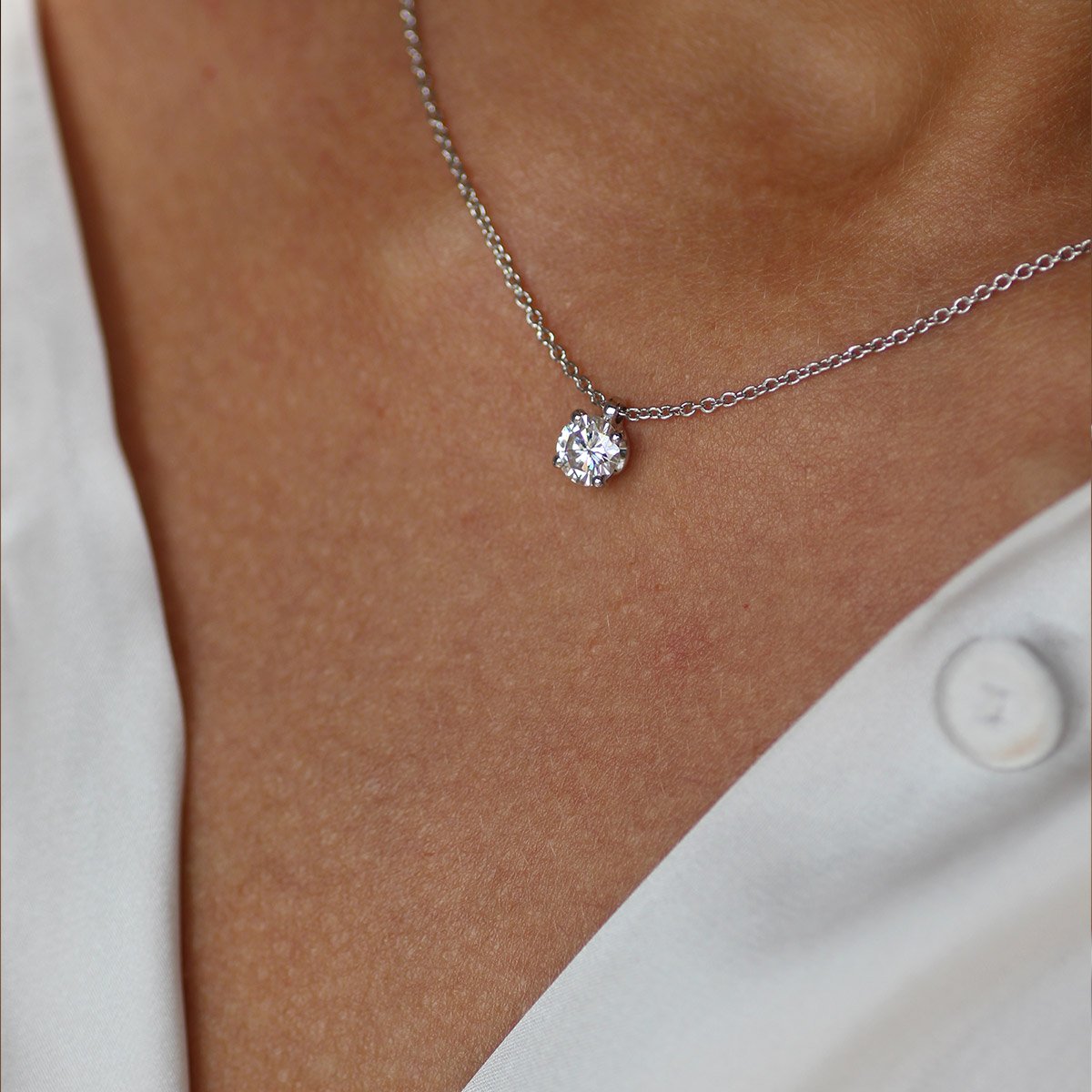Citrine and topaz are the birthstones of November

Citrine November birthstone
Citrine, which along with the topaz is the birthstone of November, is a variety of quartz.
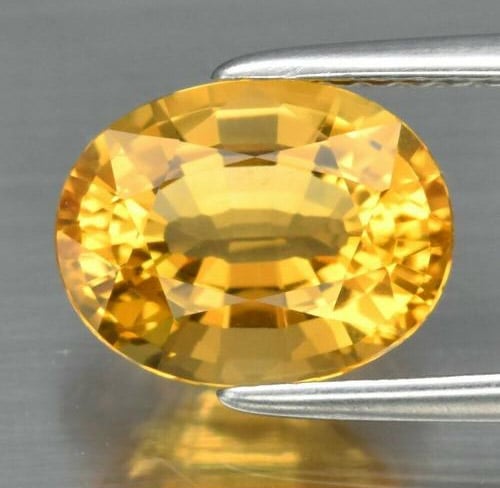
Characteristics of Citrine
Citron, which means lemon in French, is the name given to the citrine, whose color varies from lemon-yellow to amber-honey. The pale yellow citrine is very similar to the topaz, which explains why the two gems have been so easily confused throughout history.
Easily recognized by its vivid yellow color, sunny and affordable, this gemstone can brighten almost any jewelry style
Citrine Quality Factors
Citrine is the second most popular semi-precious gemstone (after blue topaz). While citrine is still a relatively inexpensive gemstone in high demand, it is extremely rare in nature.
Like a diamond, a citrine’s value is based on the Four Cs: color, cut, clarity, and carat.
color is the most important factor when shopping for a citrine.
Citrine Color
Color is the most important factor when shopping for a citrine.
A citrine’s most desirable color is a rich brownish orange with semi-transparency, similar to the color of amber. It is also similar to the more expensive yellow diamond and yellow topaz.
Citrine Clarity
As it’s a Type 2 gemstone, citrine has excellent clarity with most stones free of any visible inclusions. Any imperfections in citrine can decrease the value of the stone.
Citrine Cut
Citrine Carat
Citrine comes in a variety of sizes, but in general, the value of citrine does not exponential increase with carat size.

PHYSICAL AND CHEMICAL PROPERTIES OF CITRINE
Citrine has a hardness rating of 7 on Mohs Hardness Scale, making it a relatively soft gemstone. If it is bumped or rubbed against another object, it is easily scratched. Citrine, on the other hand, has a high toughness, which means it does not chip or break easily.
CITRINE SOURCES
Brazil is the world’s largest supplier of citrine. Other citrine mines include Spain, Bolivia, France, Madagascar and the United States (Colorado, North Carolina and California). Each mining region produces a different shade of citrine.
frequently asked questions about citrine
Citrine gemstones with highly saturated yellow, orange and reddish tones are considered to be the most valuable.
Citrine can be purchased for between $10 and $30 per carat. The carat weight of the gemstone has little bearing on the price.
Topaz November birthstone
The topaz (imperial) is one of the most famous gemstones.
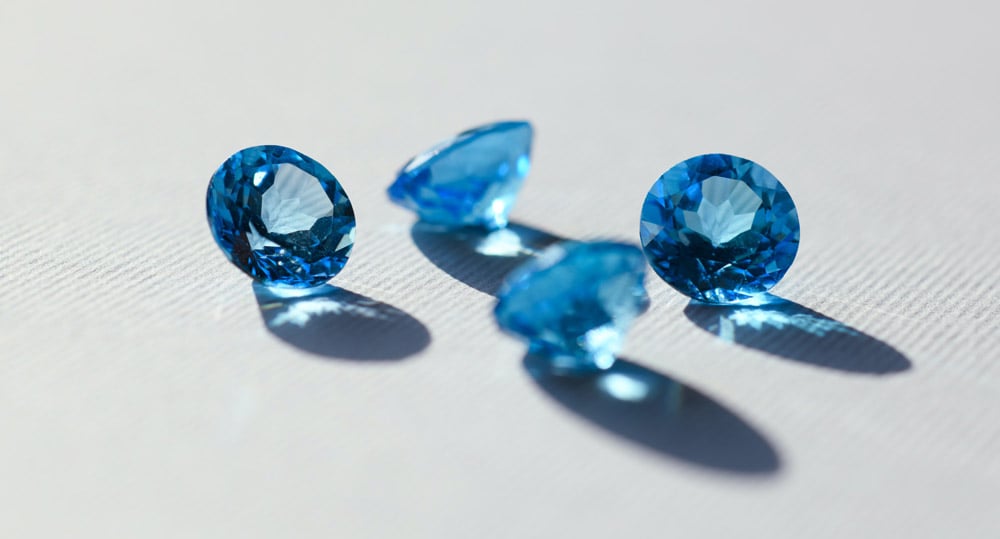
Characteristics of Topaz
Since time immemorial, all yellow colored stones in India have been called topaz, which is why there is a version that the topaz gets its name from the Indian word “tapas”, which can be translated as “warmth” or “flame”. But another version claims that topaz owes its name to the island Topazion in the Red Sea, where some pirates found topaz by accident.
Topaz Quality Factors
Topaz Color
In nature, topaz is most commonly colorless but it can comes in many colours, blue, yellow, red, pink and orange. The rarest and most expensive topaz colours are orange and red.
Topaz Clarity
Blue topaz is almost always free of visible inclusions to the naked eye. Other more rare colors, such as imperial and pink, may have more inclusions but are still valuable due to their rarity.
Topaz Cut
Topaz is cut in all the standard gem shapes such as rounds, ovals, pears, cushions, triangles, marquise, and emerald cuts.
Topaz Carat
The price of blue topaz per carat rises very slowly as the size increases. Imperial topaz, on the other hand, increases dramatically in price per carat as size increases.

PHYSICAL AND CHEMICAL PROPERTIES OF Topaz
Topaz has a hardness of 8 on the Mohs scale, making it nearly as hard as sapphire and tougher than tanzanite. Topaz, like all crystals, can be brittle and should be handled with caution.
Topaz SOURCES
Topaz is most commonly found in: Brazil.
Sri Lanka is a major source of colorless topaz. Topaz can also be found in Australia, India, Madagascar, Mexico, Myanmar, Namibia, Nigeria, Russia, and Zimbabwe.
frequently asked questions about topaz
Imperial topaz, also known as Precious topaz, is the most valuable and rare of the Topaz family. It has lustrous golden orange-yellow undertones that are reddish or deep pink.
The rare pink and red stones command the highest prices, followed by orange and yellow.
There are basically four quality grades of natural topaz: AAAA, AAA, AA, B.
AAAA grade topaz has a vibrant natural color and is so free of inclusions that it’s difficult to see them under magnification, if at all.
Topaz rough is typically found in long, columnar shapes. As a result, ovals and pear shapes typically produce the highest yields.
The original topaz will scratch glass, whereas quartz will not. A genuine topaz is also cool to the touch and easily electrifies.
Brazil is the main source of Imperial topaz and other gem quality topaz.
Topaz is more expensive than citrine in high quality.

